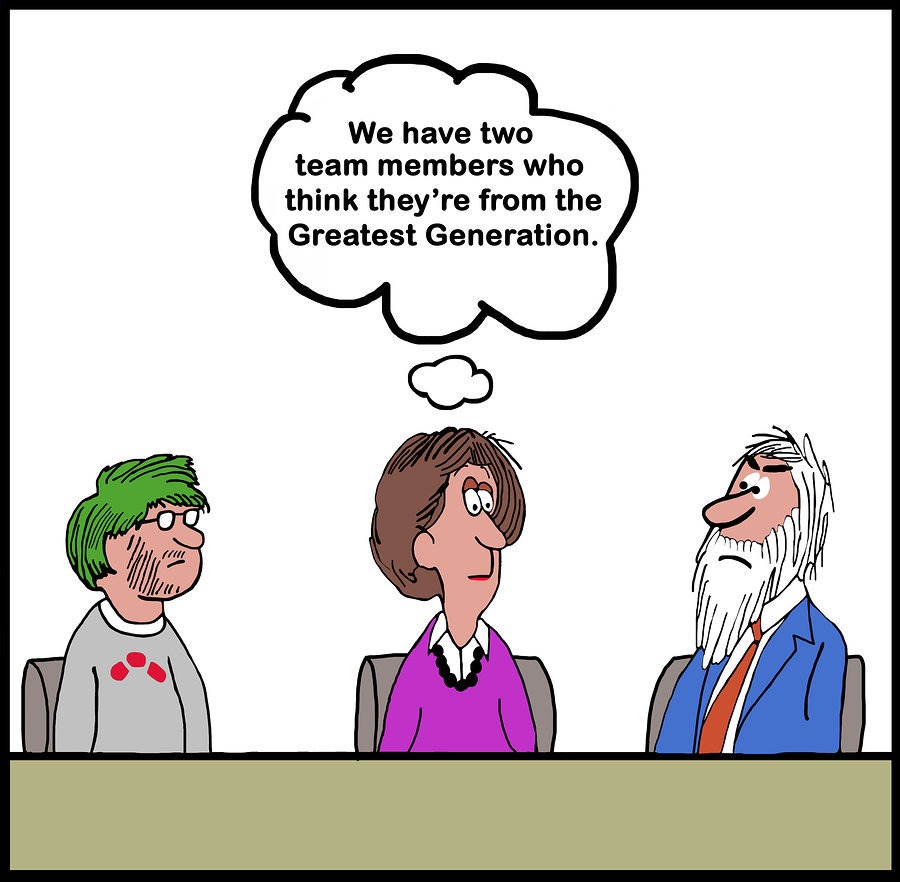While turnover is another part of managing workers, there is stress, and a cost in time and money.

You’ve gotten the cake, had the farewell party and are looking for a replacement. Now, it’s time to find a replacement. Have you stopped to think about the true cost of your team’s turnover? Replacing quality talent takes time and costs money; you’ll need to find, hire and on-board the replacement worker while the rest of your team covers their responsibilities. Retaining key team members lowers your costs, reduces your aggravation, and makes your entire workplace run more efficiently.
Why Does Retention Matter?
The more skilled an employee is, or the higher the position they hold, the costlier it is to replace them. According to the Center for American Progress (CAP), it can cost anywhere from 50% to a whopping 150% of a worker’s annual salary to replace them. Highly skilled technical workers, supervisors and managers are the most expensive team members to replace, but even those working at entry level cost about 50% of their annual salary when they leave.
The High Cost of Employee Turnover
Any time an employee leaves, you’ll need to pay some direct costs to replace them, but there are indirect costs and even an impact on your ability to serve customers as well.
Direct Costs of Replacing an Employee
Recruiting: If you lose a team member and have to pay to use a recruiter, you’ll pay an average of about 25% of that person’s annual salary to replace them. Doing it alone? You’ll still need to spend some money on recruitment efforts.
Salary: You’ll also often have to spend more money on a new hire than you would if you were promoting or hiring from within. You’ll pay an average of 20% more for an external new hire, according to research from the Wharton School of Business at the University of Pennsylvania.
Training, Certification and Testing: If your new hire needs to take a class, become certified or requires credentialing, these expenses can add to your fees as well.
Labor Cost: Someone is going to have to pick up the slack while you recruit and on-board a new team member. The actual hiring process takes time as well, so you and key team members are all going to be directing time towards a non-billable project each week until you find your next hire. If any of those workers are hourly, you’ll be paying some overtime; salaried workers may even encounter tax restarts if they are compensated for extra time.
Turnover Effects on Clients
If you lose a salesperson or a preferred customer service person you could even see some residual effects when dealing with your clients. Sometimes clients will follow a preferred employee or leave the business entirely if they experience changes.
The bottom line?
Turnover is bad news for your business.
Reduce Employee Turnover and Retain your Best Talent
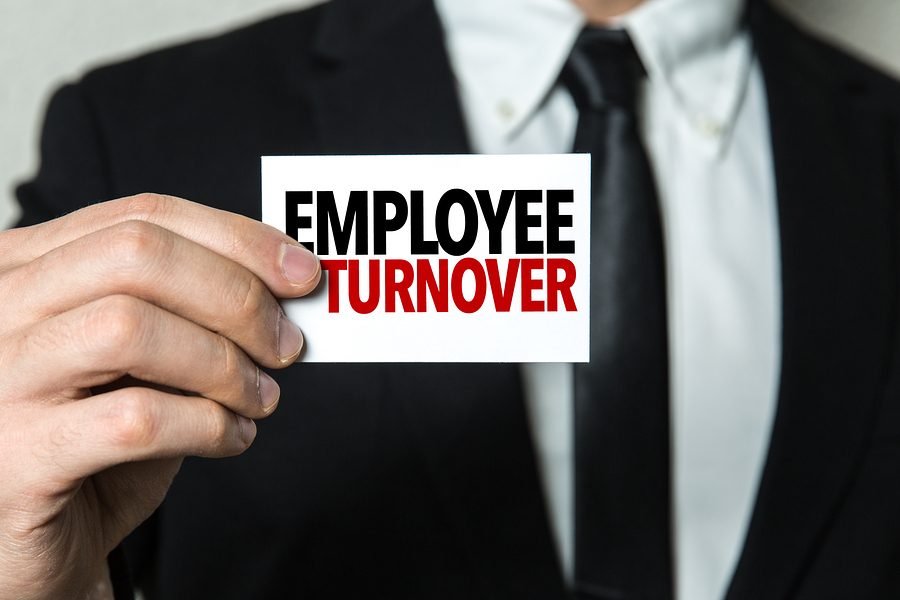
How can you beat this cycle and avoid overpaying for new hires? Retaining your best talent is a must, but even your unskilled workers will cost you money if you have constant and ongoing turnover. According to the Society for Human Resource Management, there are things you can do to retain your best talent.
Pay Attention
In many cases, there are clear signs of trouble before you lose a key employee. You may begin to realize just how high your replacement costs have become. Notice how swiftly your teams are turning over and how often you are losing good staff members. If it happens frequently, there is something wrong somewhere. Either the employees are not well suited for the roles they have, there is something wrong in a specific department or you could be managing your assets poorly. Knowing that something is up and that you have a problem is the first step towards fixing it.
The Retention Process Begins at the Date of Hire
Hiring someone that is suited for the role and can actually do the job is essential; giving an accurate idea of the responsibilities and daily tasks matters as well. If you’ve talked up the job to sell it to your favorite candidate and they discover the role is not exactly as exciting as you’ve made out, they’ll leave as soon as they can. Whether your new hire is over their head or over qualified, either type of mismatch can spell trouble for your turnover rates.
Understand your Team and their Unique Needs
The same DISC assessment models that help you spot leaders and strengths within your organization can provide real-time, meaningful data about your individual team members. If you know you have a lot of “D” types and you’re expecting them to perform passively or to be real “people” players, you’re missing the mark.
Understanding your team’s DISC profiles can also help you uncover what motivates them. You can find the key to providing rewards and incentives they’ll truly respond to. We recently took our team to one of those fun new escape rooms – and not surprisingly, everyone immediately responded as their DISC profiles suggested they would.
Measure Satisfaction Regularly
How happy are your employees? It is easy to overlook morale and loyalty in the rush to complete projects and meet goals. However, taking the pulse of your team occasionally can alert you to trouble ahead. Simply asking for feedback actually goes a long way towards helping your retention rates, since employees feel their input and opinions are valued enough for you to ask about them.
Don’t Shop in the Bargain Bin
You can save money on a lot of things for the office, but your team isn’t something to scrimp on. If you want top talent, you’re going to have to pay for it. Employees who are underpaid or who feel undervalued will swiftly begin to look for a new place to work.
Money isn’t Everything
You should pay a competitive salary, but other perks matter too. Soaring health insurance costs make your benefits package more important than ever, while little perks like a company coffee bar and in-house gym area make a big impact for workers. According to the Wall Street Journal, these little perks go a long way when it comes to building loyalty.
Incentivize, Notice and Reward Loyalty

Recognize employee anniversaries – all of them, not just the big ones. Your employees, whether they’ve worked one or 10 years for you, need to be recognized for their service. They need to know they are valued. It’s easier to accomplish if you’re aware of the their DISC profiles. You will have insight on what motivates and demotivates them.
Rewarding employees who do a great job with inexpensive but meaningful perks and incentives can also go a long way. That $25 Starbucks card may not cost much, but your employee will appreciate and remember it.
Leadership Plays a Key Role in Retention
The way your management team (and you) interact with your employees sets the tone for your entire culture. The behaviors you model will influence how your team interacts and how they behave towards one another.
Try to set high goals for yourself, your team and your organization. Then make sure to support everyone on their way to achieving those goals. You are far less likely to lose key players, at least on a regular basis. Providing your team with the tools they need to succeed, cheering them on, and even giving them some accountability ensures that they always feel respected and valued and that your culture is where it should be. Not everyone is going to go home from work happy and excited every day – but there should be more great days than bad ones.
Beat the Retention Gap
When you create a culture of accountability, make sure to invest in your team. Also, take the time to find out what they want and need from you. If you do, they are far more likely to stick around. Happy employees are satisfied, work more effectively and productively and make your workplace better for everyone.
Taking the time to assess where you are with your employee satisfaction and retention efforts and learning more about how your team works and what motivates them can help you reduce turnover. You’ll benefit from a more stable staff and drastically reduced recruitment and hiring costs. In addition, your whole team will benefit from a positive, stable environment at work. It’s never been easier to get the insight you need into your team; our innovative approach to the DISC styles assessment can give you the tools you need to succeed.
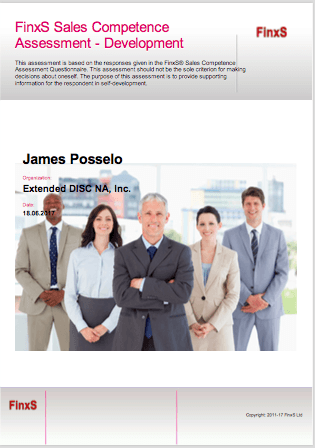
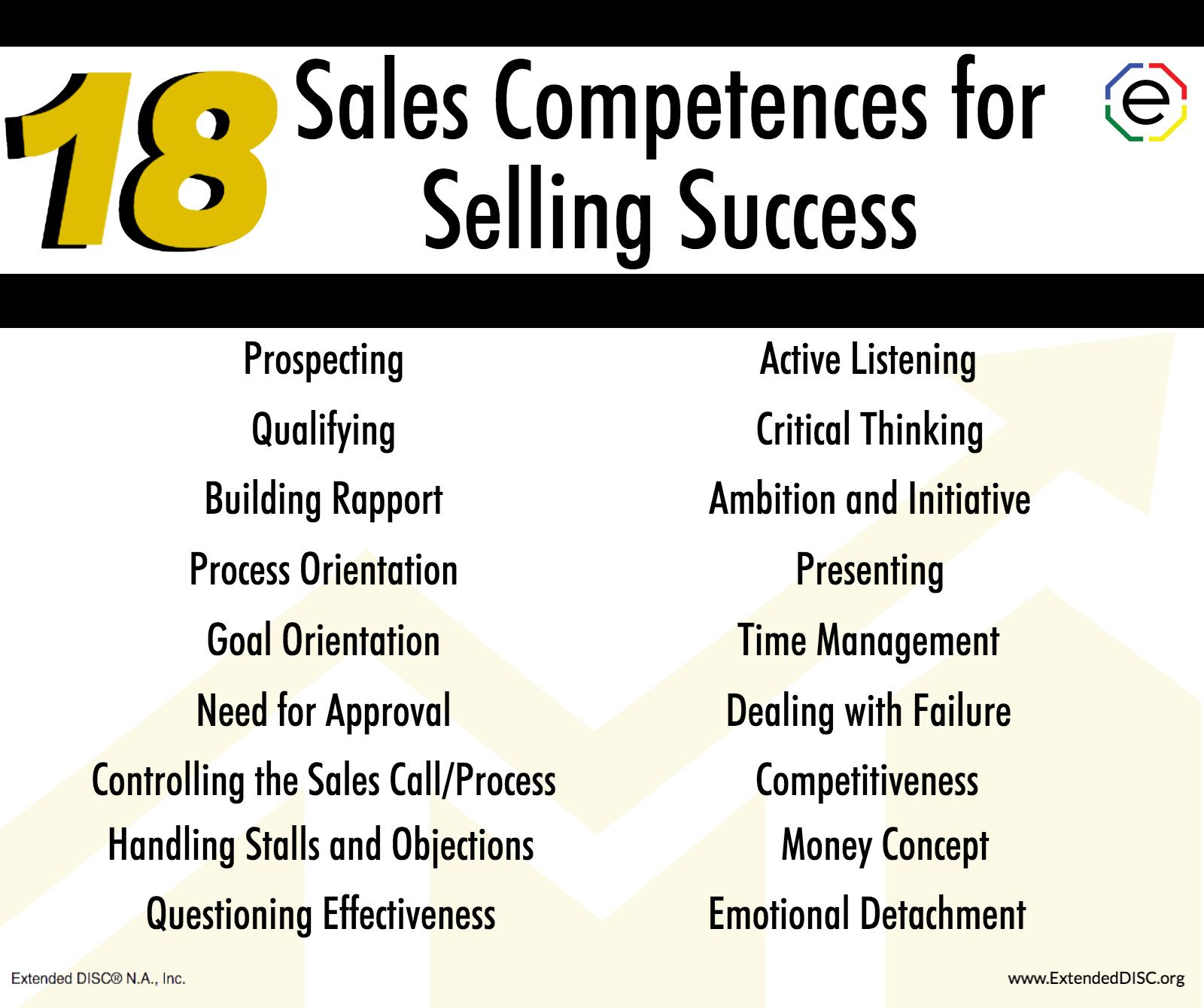
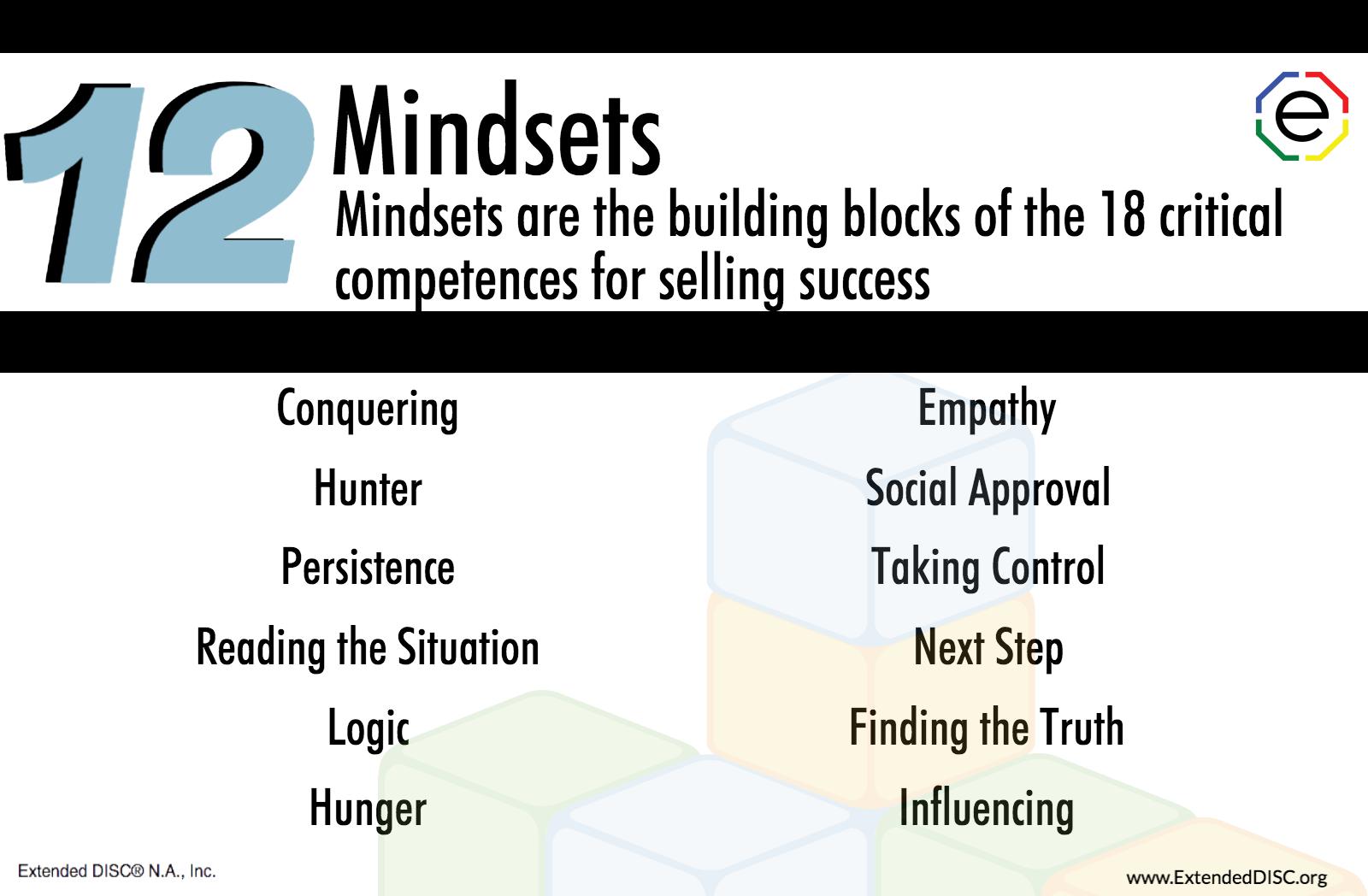


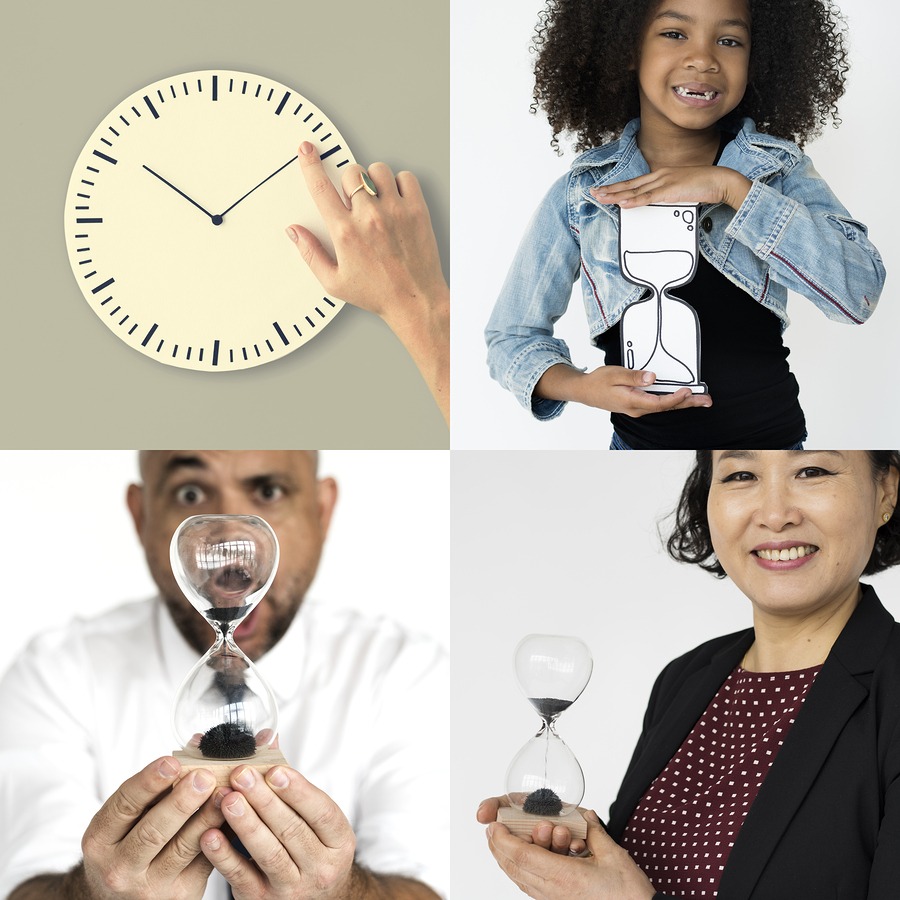
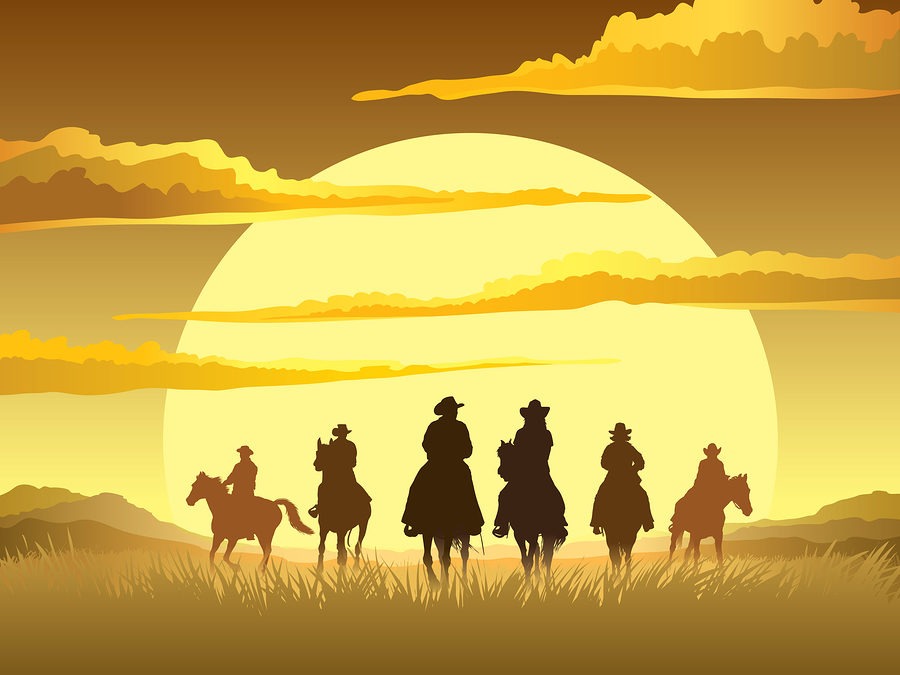


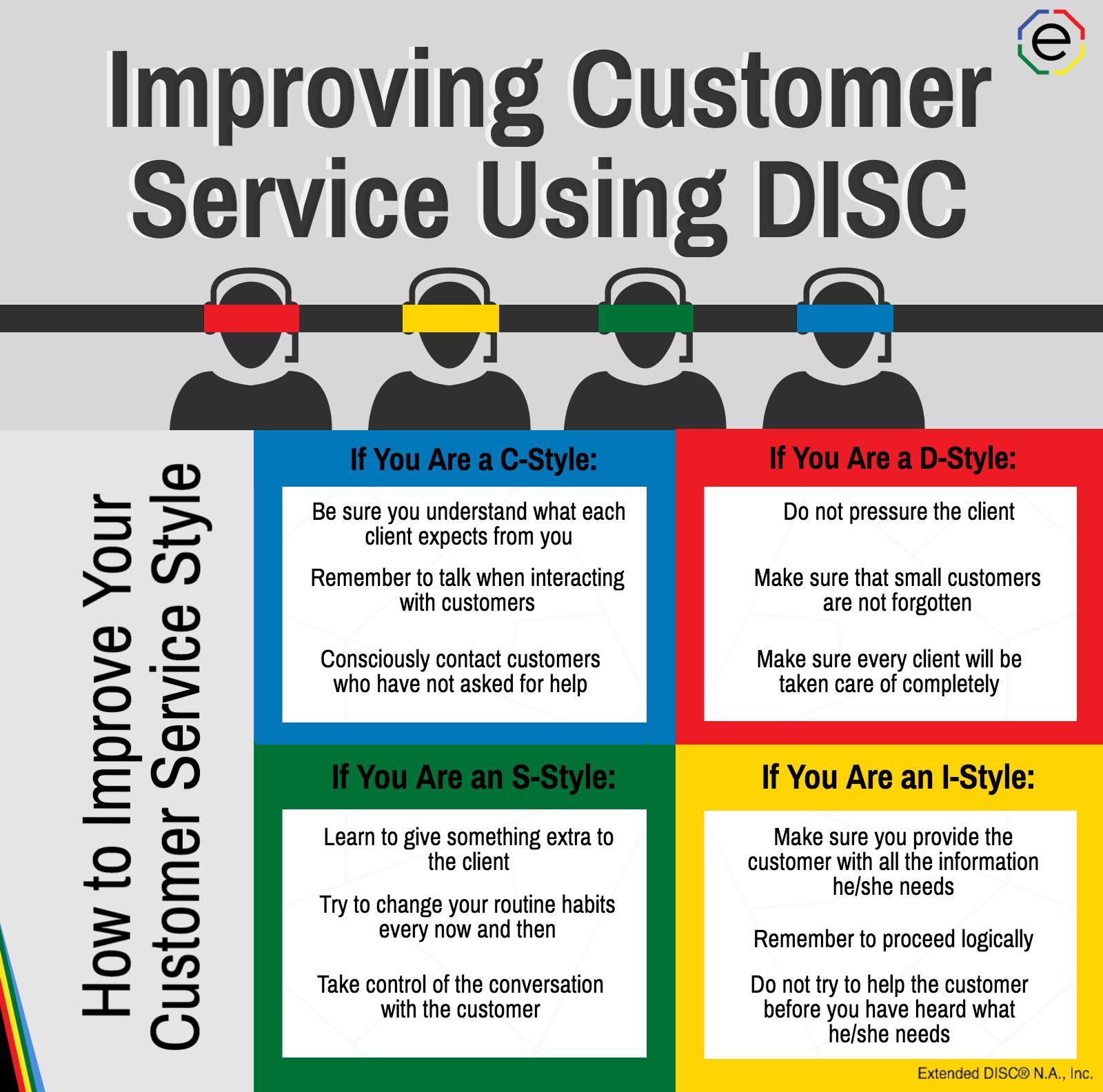
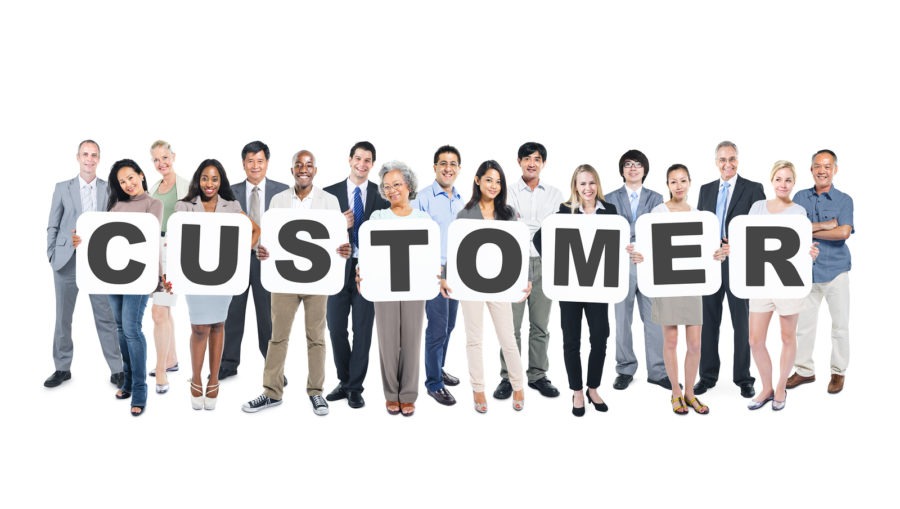 Customers interact with employees generally on their own terms. Employees need to remember that customers need and deserve good treatment or they can walk away. When they can communicate well with those customers, they can help their business succeed. But not all customers expect, want, or need the same type of interaction. People gain an advantage if they know DISC because their customers feel heard and valued. They not only appreciate that, but they remember it. They tell other people, which can increase the customer base.
Customers interact with employees generally on their own terms. Employees need to remember that customers need and deserve good treatment or they can walk away. When they can communicate well with those customers, they can help their business succeed. But not all customers expect, want, or need the same type of interaction. People gain an advantage if they know DISC because their customers feel heard and valued. They not only appreciate that, but they remember it. They tell other people, which can increase the customer base.



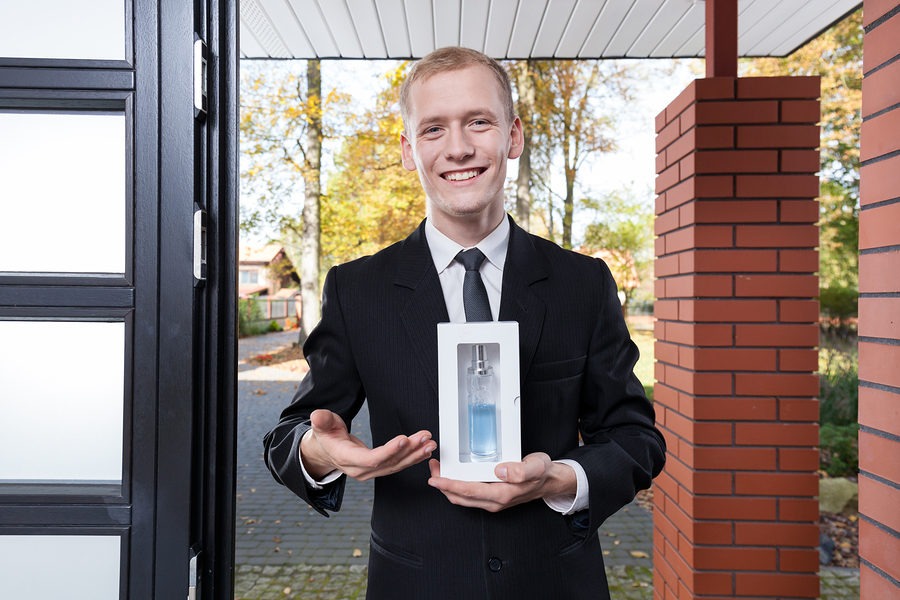
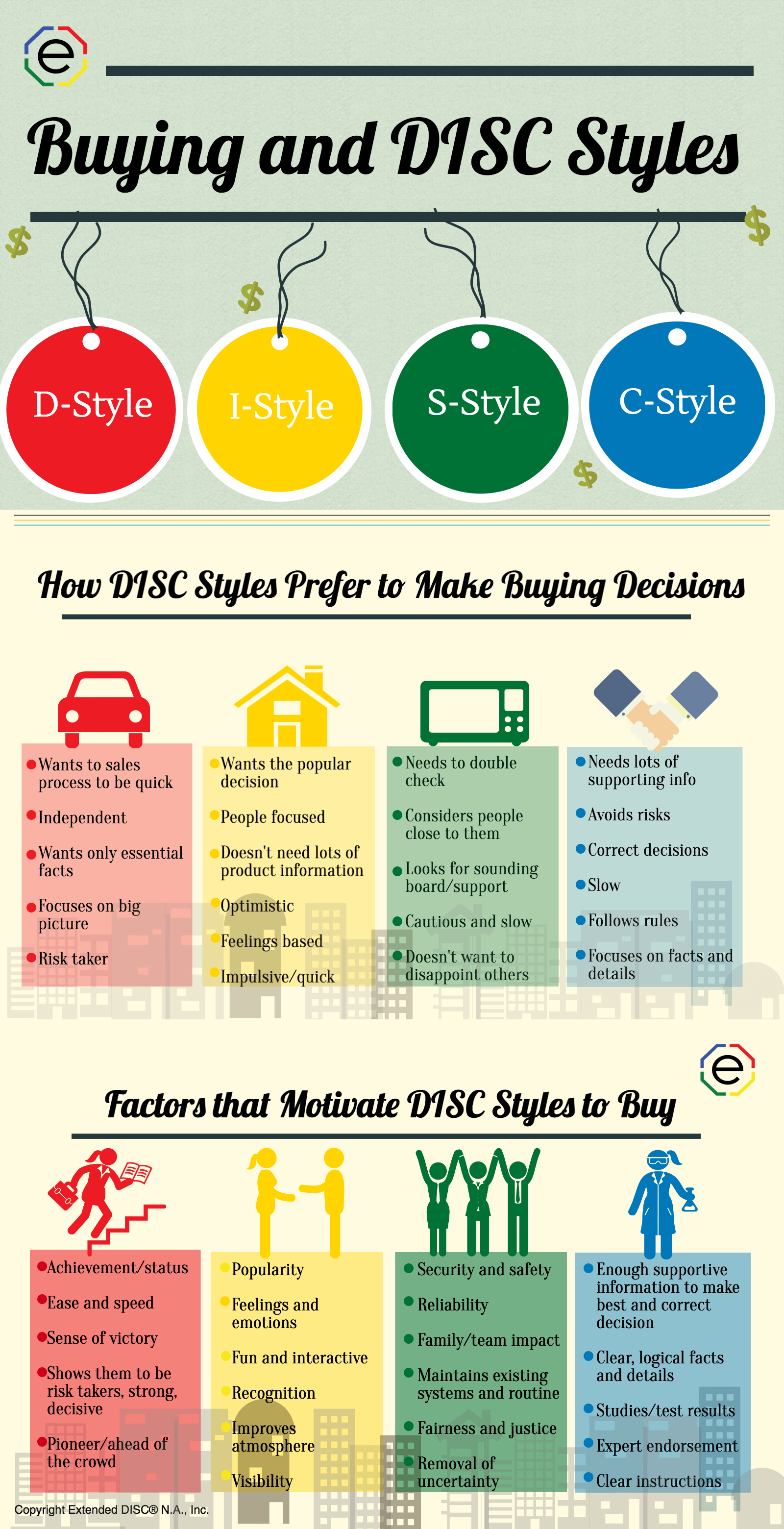
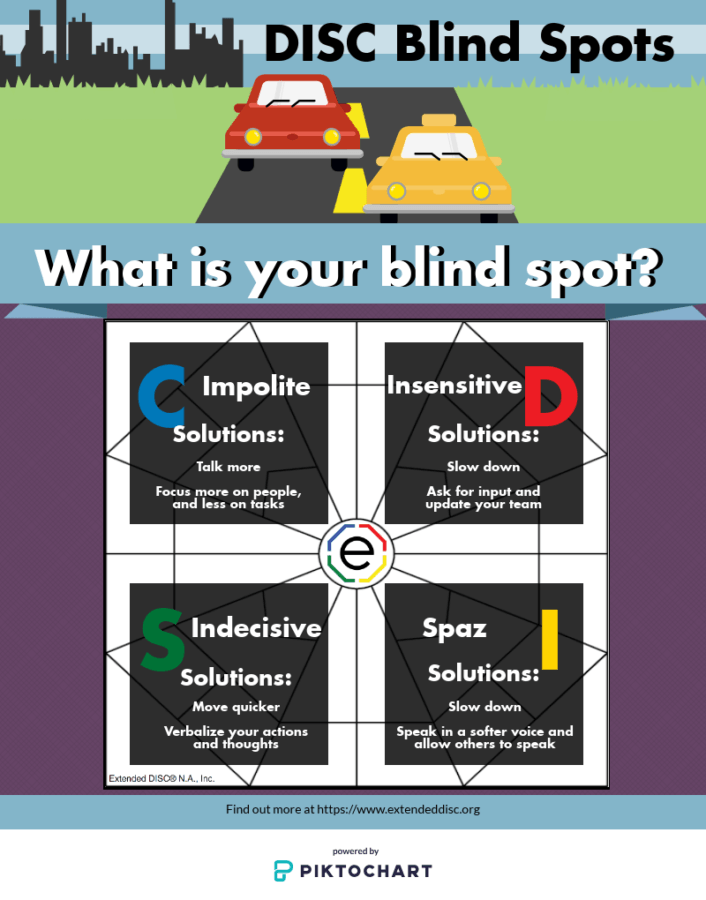 DISC focuses on behaviors or how a person acts. Think of the act of doing something as essentially neutral. For example, your department has been assigned a special project to launch your latest product. You’re all over it! You’re moving fast and taking some risks. The finish line is in sight and the glory of the product launched. However, others see your actions differently. Were you shocked when your boss pulled you aside to tell you to slow down and stop carelessly rushing, or the project will fail? Both sides can agree the end goal is to get the product launched successfully. However, one person sees the other as rushing and not being a
DISC focuses on behaviors or how a person acts. Think of the act of doing something as essentially neutral. For example, your department has been assigned a special project to launch your latest product. You’re all over it! You’re moving fast and taking some risks. The finish line is in sight and the glory of the product launched. However, others see your actions differently. Were you shocked when your boss pulled you aside to tell you to slow down and stop carelessly rushing, or the project will fail? Both sides can agree the end goal is to get the product launched successfully. However, one person sees the other as rushing and not being a 





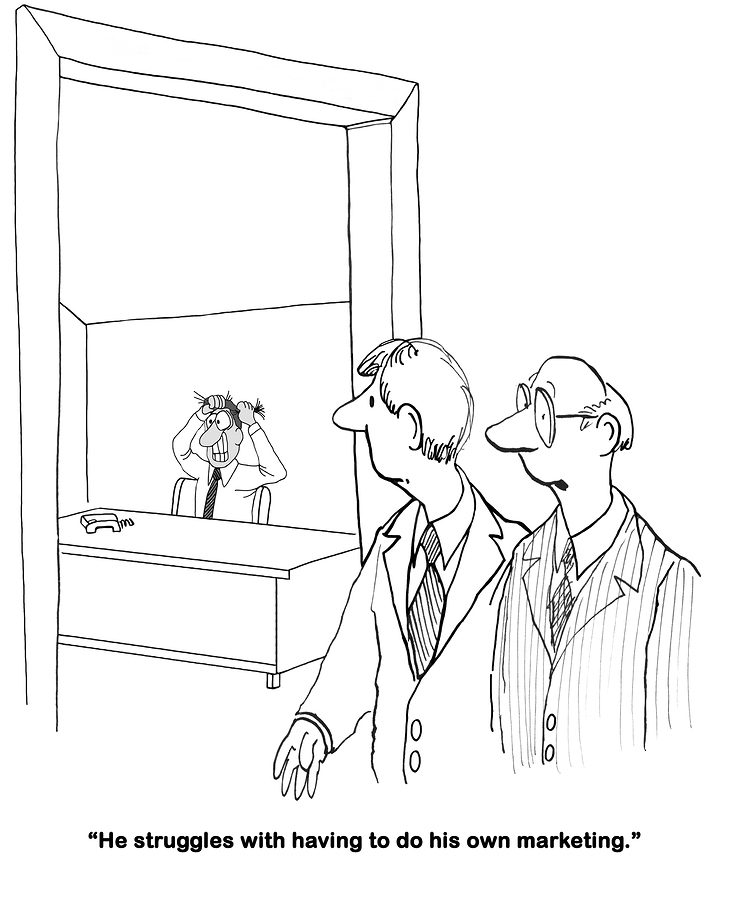 Don’t underestimate the power of finding out more about how your employees prefer to do things. The more an employer knows about employees, the better. Open minded employers can take the DISC profiles of their employees and use them to make changes that improve the organization. People work best in roles they are really suited for and comfortable in. With DISC assessments, that is much easier to determine. Employers can assign people to the jobs that motivate them and thrive in. Everyone is happier and more productive that way. More gets accomplished which is good for the company and its customers. Employers should always refer back to DISC profiles when making decisions since much can be learned from the ongoing practice of making sure people and jobs are a good fit.
Don’t underestimate the power of finding out more about how your employees prefer to do things. The more an employer knows about employees, the better. Open minded employers can take the DISC profiles of their employees and use them to make changes that improve the organization. People work best in roles they are really suited for and comfortable in. With DISC assessments, that is much easier to determine. Employers can assign people to the jobs that motivate them and thrive in. Everyone is happier and more productive that way. More gets accomplished which is good for the company and its customers. Employers should always refer back to DISC profiles when making decisions since much can be learned from the ongoing practice of making sure people and jobs are a good fit. Knowing who you are to the best of your ability before a job interview is probably the best advice I can give. It seems simple, right? Who know yourself better than you? Sometimes it is not. Many people aren’t fully self-aware, and I know that sounds harsh, but it is true. The Extended DISC Individual Assessment can help you increase your self-awareness. First, it tells you your natural DISC profile. In return, the report gives you a breakdown of how you prefer to behave and do things.
Knowing who you are to the best of your ability before a job interview is probably the best advice I can give. It seems simple, right? Who know yourself better than you? Sometimes it is not. Many people aren’t fully self-aware, and I know that sounds harsh, but it is true. The Extended DISC Individual Assessment can help you increase your self-awareness. First, it tells you your natural DISC profile. In return, the report gives you a breakdown of how you prefer to behave and do things.


